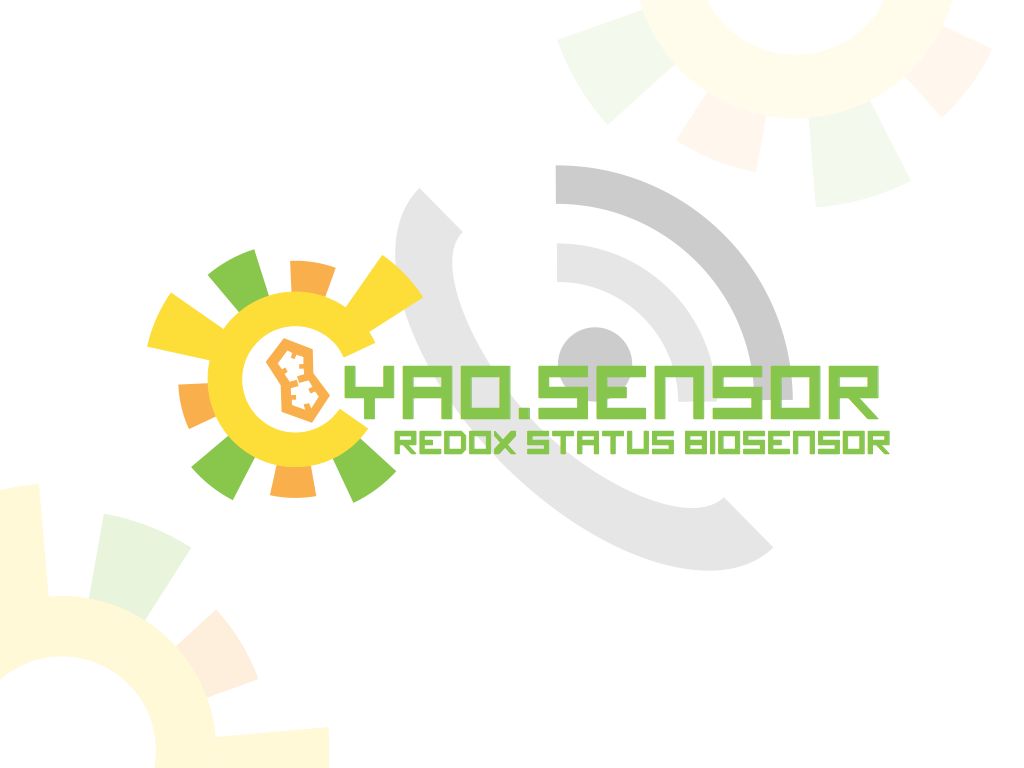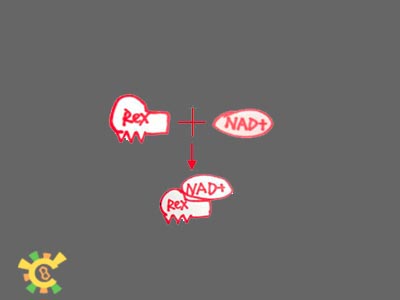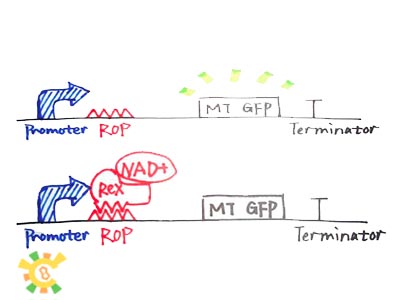Team:Shenzhen/Project/YAO.Sensor
From 2012.igem.org
-
S
BioBricks
- Summary
- YAO.Genome
- YAO.Channel
- YAO.Sensor
- YAO.Suicider
-
p
Notebook
- Team History
- YAO.Genome
- YAO.Channel
- YAO.Sensor
- YAO.Suicider
- YAO.Factory
-
e
Practices








Introduction
Generally, each cellular process has many feedback circuits to sense its states. So bio-processes in YAO also need to be regulatable. With the production process continues, the product in YAO accumulates and eventually causes changes of state in the matrix. In order to monitor the process, we constructed a genetic machine, which can receive signals and report the states. That it to say, when the amount product approaches to max, YAO can tell the cell to release the product, or commit suicide for bio-safety purpose. Since YAO is still on the way, here we designed a mitochondrial sensor system to exemplify our idea.
File:Project yao sensor p1.gif
Figure 1. YAO.Sensor sending out signals while the amount of product reaches threshold.
Redox Sensor
Mitochondrion is an important place for redox reaction and the NAD+/NADH ratio is an effective indicator to show redox state. So we designed a sensor system to monitor NAD+/NADH ratio.
In our design, we used REX protein, which can competitively combine with NAD+ and NADH. When combined with NAD+, REX can bind to a specific DNA sequence, known as Rex operator, or ROP for short.
In the circuit, REX protein tagged with Signal Peptid is expressed in the nucleus and transported into Mitochondrial matrix. In mitochondrial matrix, when NAD+/NADH ratio is low, REX cannot bind to ROP. Thus mitochondiral GFP can normally expression, and the cell will send out green florescence. While if the NAD+/NADH ratio in the matrix is high, REX, combined with NAD+, can bind to ROP. Then the complex of REX and ROP will repress the expression of GFP by preventing the gene from transcribing.
 "
"































